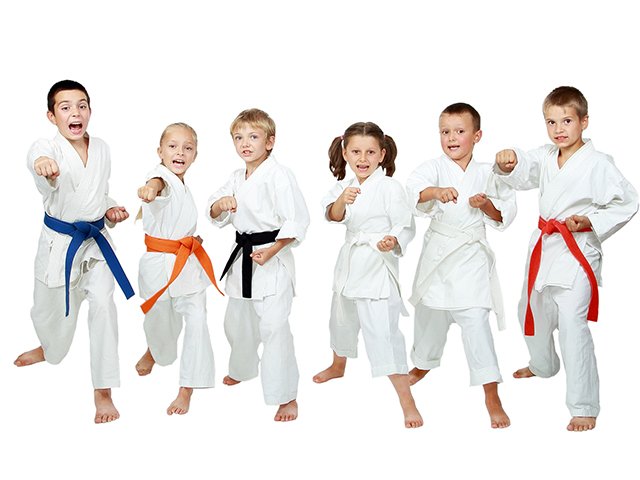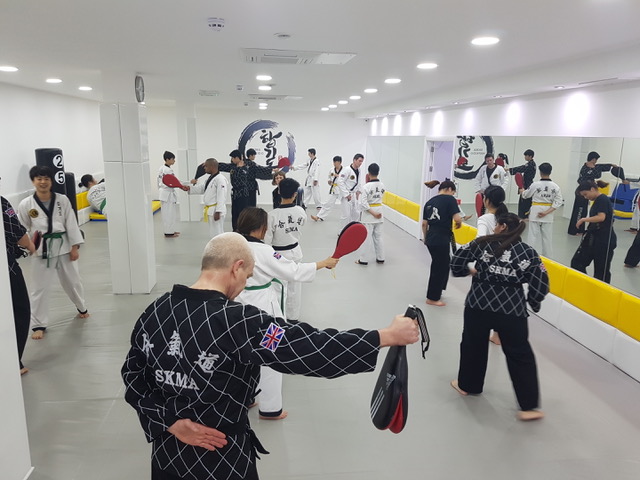Japanese Martial Arts
November 24, 2019

The history of the island country of Japan paints a clear image of a pleased and also effective individuals creating a national identification, robust culture, and unique way of living from the crucible of battle and uncertain tranquility. Central to this society was the idea of martial valor, of being able to combat strongly as well as defensively, both for the very practical purposes of fighting along with strong notions of task, honor, and also individual advancement.
It was from this aggressive as well as spiritual structure that the Japanese fighting styles styles, of which there are legion and which will be reviewed throughout this post, developed.
History
Broadly speaking, the background of Japanese martial arts can be broken down into two groups: Koryu Bujutsu (bujutsu indicating the functional application of martial tactics as well as strategies in actual battle) and Gendai Budo (budo meaning a lifestyle including physical, spiritual, and also ethical dimensions with an emphasis of self-improvement, satisfaction, or individual development).
Koryu Bujutsu encompasses the more old, traditional Japanese fighting styles, while Gendai Budo is a lot more modern. The department in between them occurred after the Meiji Repair (1868 ), when the Emperor was brought back to practical political power and also Japan began the process of modernization in haste.

Prior to the Repair, the Koryu styles concentrated thoroughly, otherwise specifically, on functional warfare. The Samurai, or warrior caste were anticipated to be masters of all forms of battle, armed and also otherwise. Their fighting styles evolved as tools and modern technology did, however the emphasis always remained the same: success in real battle, for their very own honor and for the source of their ruler.
Nonetheless, with the Meiji Reconstruction and also the modernization of Japan, including the large introduction of guns, the standard Japanese combating styles of the samurai came to be outdated as well as no longer helpful for their useful function of military combat. Find out more info on martial arts at https://uberant.com/article/544487-why-it-is-important-for-kids-to-learn-martial-arts/.
In their wake, the Japanese martial arts styles developed into what became known as Gendai Budo, which concentrated far less on broad-scale military application and also far more on self-improvement and personal growth. They ended up being not simply a device for military triumph, but an important component of a meeting, meaningful, and emotionally connected way of life.
Remarkably, this difference can be kept in mind in the varying terminology: the conventional techniques were described as bujutsu, which specifically relates to waging war, while the contemporary styles are collectively called budo, which are much more included with individual betterment.
Styles
Conventional Japanese Fighting Style (Koryu Bujutsu).
Sumo: The oldest of Japanese fighting styles is sumo, named after the emperor who popularized it (Shumo Tenno) in 728 AD. However, the origins of the fighting style go back long before him, to 23 AD, when the very first sumo battle was fought, monitored by the emperor and also proceeding until among the boxers was too wounded to continue.
After Emperor Shumo reintroduced the sporting activity, it ended up being a staple of the yearly harvest celebration, spreading out throughout Japan and also incorporated right into military training. From the 17th century forward, it ended up being an expert sport in every regard, available to all classes, samurai and also peasants alike.
The regulations of the sporting activity are straightforward: The very first male to touch the ground with a part of the body aside from the bottom of the feet, or touch the ground outside the ring with any kind of part of the body, loses. It is still an unbelievably preferred sporting activity in Japan to now, complied with consistently be myriads of zealous followers.




